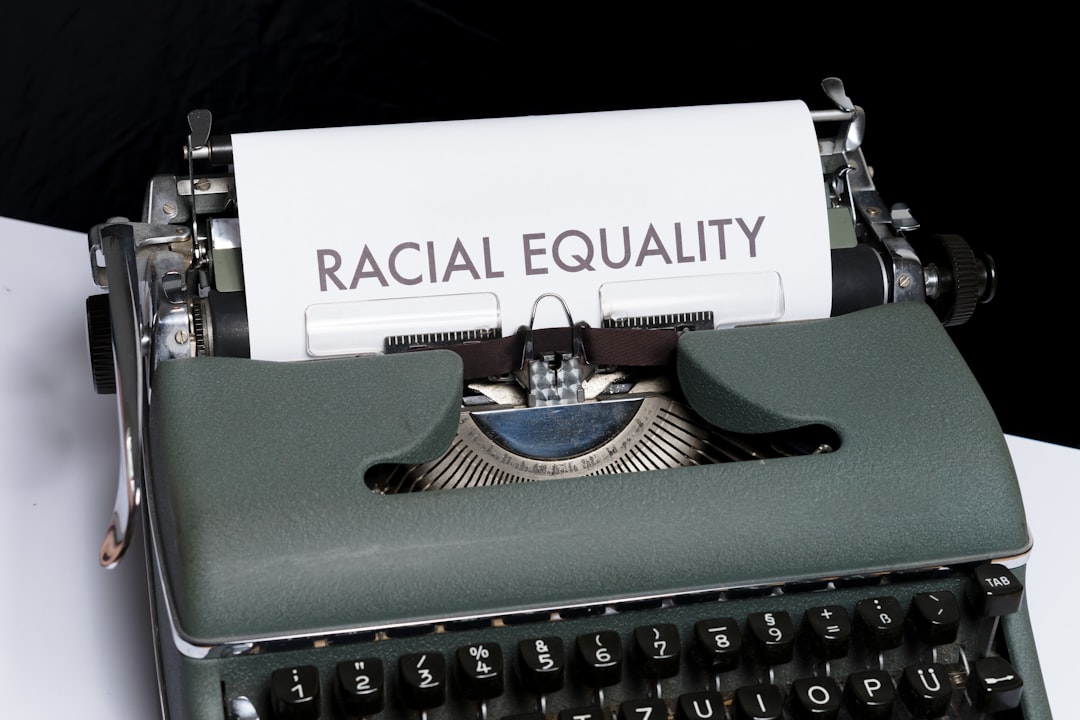What is it about?
This work analyzed ~300,000 papers published over the past two decades to quantify global, gender, and taxonomic disparities in plant science. Our analyses reveal striking geographical biases that are correlated with national affluence. Gender disparities were also evident, with far more papers led by authors with masculine compared to feminine names. Lastly, the vast majority of studies focused on major crop and model species and the remaining biodiversity accounted for only a fraction of publications. We suspect that broadening participation at the human level could lead to a natural diversification of study systems.
Featured Image

Photo by Joshua Rawson-Harris on Unsplash
Why is it important?
This work represents an important addition to the growing conversation about diversifying and decolonizing science. The systemic and continued disparities we observed within plant science likely exist across scientific disciplines, and we expect this work to be of broad interest to readers from any field.
Perspectives
The topics addressed in this paper are both timely and difficult. We wrestled with the best way to discuss such sensitive and worthwhile issues within our own working group. We hope that the diverse identities and expertise represented by our team help to provide a balanced perspective to our commentary.
Rose Marks
Michigan State University
Read the Original
This page is a summary of: A critical analysis of plant science literature reveals ongoing inequities, Proceedings of the National Academy of Sciences, February 2023, Proceedings of the National Academy of Sciences,
DOI: 10.1073/pnas.2217564120.
You can read the full text:
Contributors
The following have contributed to this page










